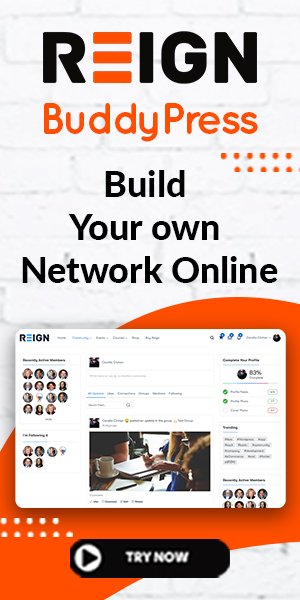How often do you hear developers say they don’t want to write tests because they take too much time? If you’ve ever heard such statements, then you probably already know why TDD (Test Driven Development) is important.
TDD Meaning:
Test-driven development is a development process that relies on tests to drive out the implementation. In test-driven development, the developer first writes a test and then implements code to pass that test. This approach helps catch bugs before they get into production.
Each time you write a test for your code, it’s like experimenting on your code to verify it works as expected. Each time you complete an experiment, you gain confidence in your code’s correctness. These tests can be performed using QA tools.
Understanding what test-driven development is and how to use it effectively is essential. There are a lot of misconceptions about how to perform TDD effectively. TDD is one of those disciplines where doing it wrong might cost you a lot of money.
Allowing your tests to drive your development is what TDD is. Unit tests, functional tests, and acceptance tests can all be used to do this. Because you’re proving behaviors rather than testing code, you’ll wind up writing completely different types of tests that are more robust to future change. Having understood TDD meaning Let’s look at three levels of test-driven development to understand how it’s done.
What are the benefits of TDD?
- Quality of the Code: TDD supports the creation of code that is simple, clean, and extendable. As part of developers’ regular practice, implementing TDD would automatically establish habits that lead to better code. Developers are becoming more focused on system needs by first questioning why a feature is required before moving forward with its development. As building a unit test for them becomes onerous, the developer might uncover poorly specified requirements through this method.
- Quality of the Application: In comparison to the previous technique, building breakpoint tests before production code allows developers to spend more time designing the boundary cases that need to be covered by these tests. After the development cycle, it results in more comprehensive web and mobile app testing and fewer bugs/defects.
- Increased Test Coverage: By default, TDD benefits from higher test density and coverage. Testing is more likely to be skipped or limited to important functionality when using the old technique, especially if time is limited. On the other hand, TDD enforces the discipline of associating all functionality with a set of automated unit tests. As a result, the code is subjected to more tests and has more extensive test coverage.
There are certain limitations of TDD, described below:
- It is very time-consuming: When you first start TDD, you’ll get the impression that you’ll require a longer period to complete simple implementations. Before developing the code, you must first consider the interfaces, write the test code, then execute the tests.
- There is no miracle cure: Tests aid in detecting flaws, but they cannot detect bugs introduced in the test and implementation code. Writing tests won’t assist you if you don’t understand the problem you’re trying to address.
- It is required of all team members: Because TDD impacts code design, it is advised that all team members utilize TDD or none at all. Furthermore, it might be tough to persuade management to support TDD since they typically believe that writing code that won’t end up in the product half of the time makes it take longer to implement new features. It helps if everyone in the team understands how important unit tests are.
- When requirements change, tests must be updated: The biggest argument against TDD is that tests must be updated just like the code. You must update the code and test if the requirements change. This implies that you must first update the tests before passing them. In actuality, this disadvantage still exists when developing code that appears to take a long time.

Interesting Read
The Real Basics Of Customer Service Vs Customer Experience







